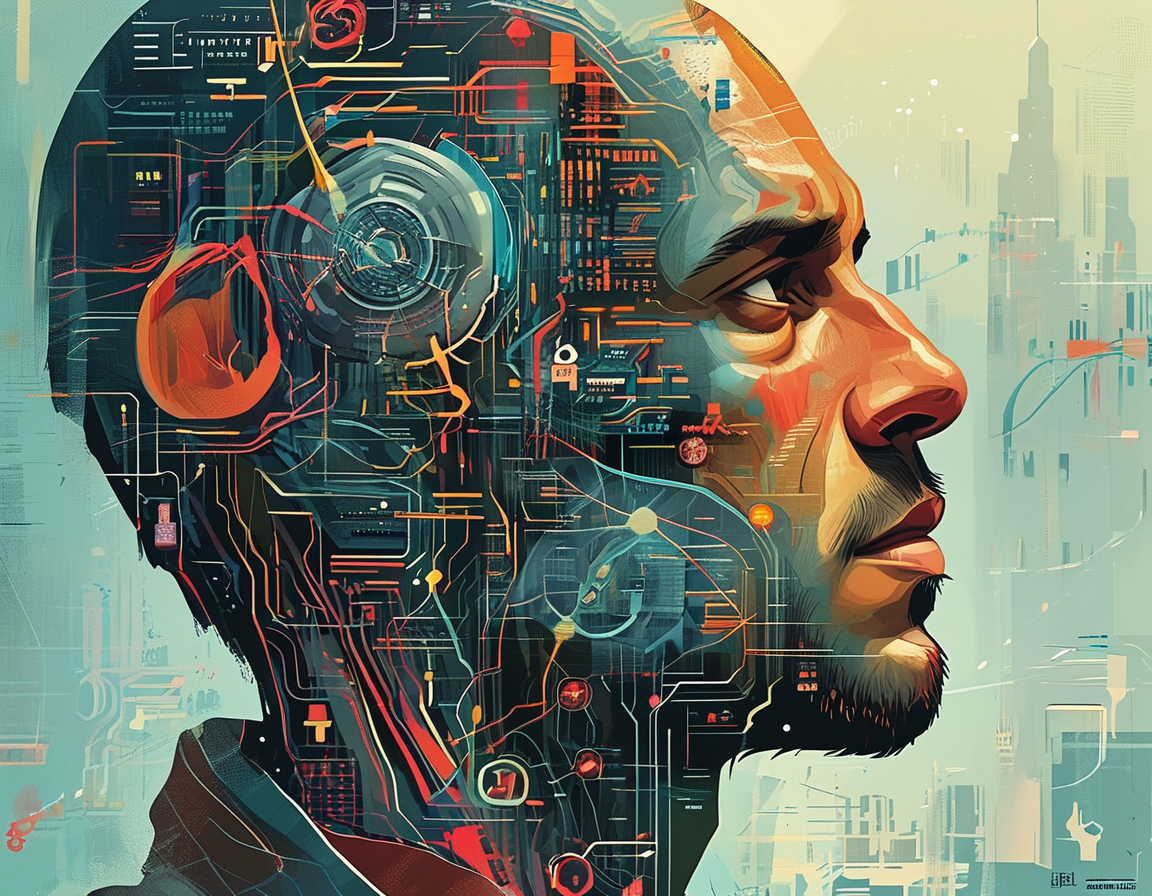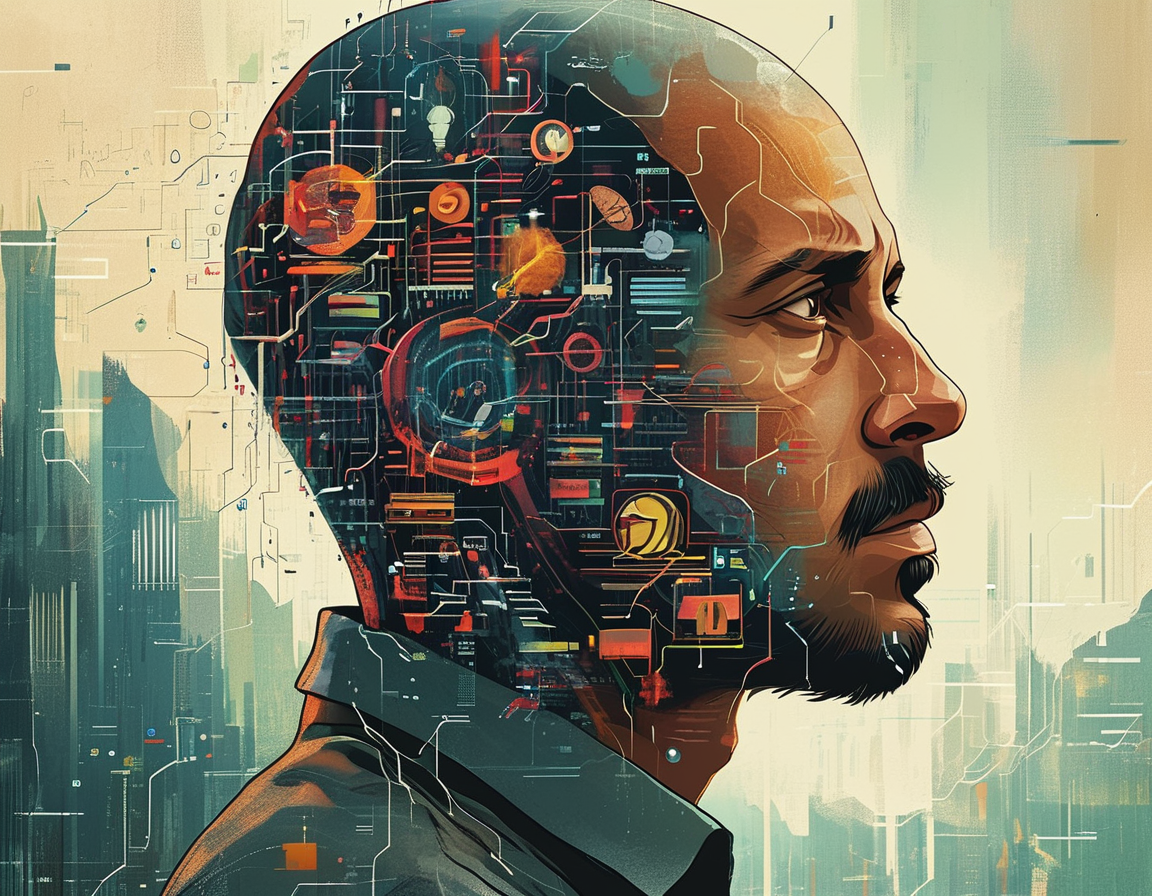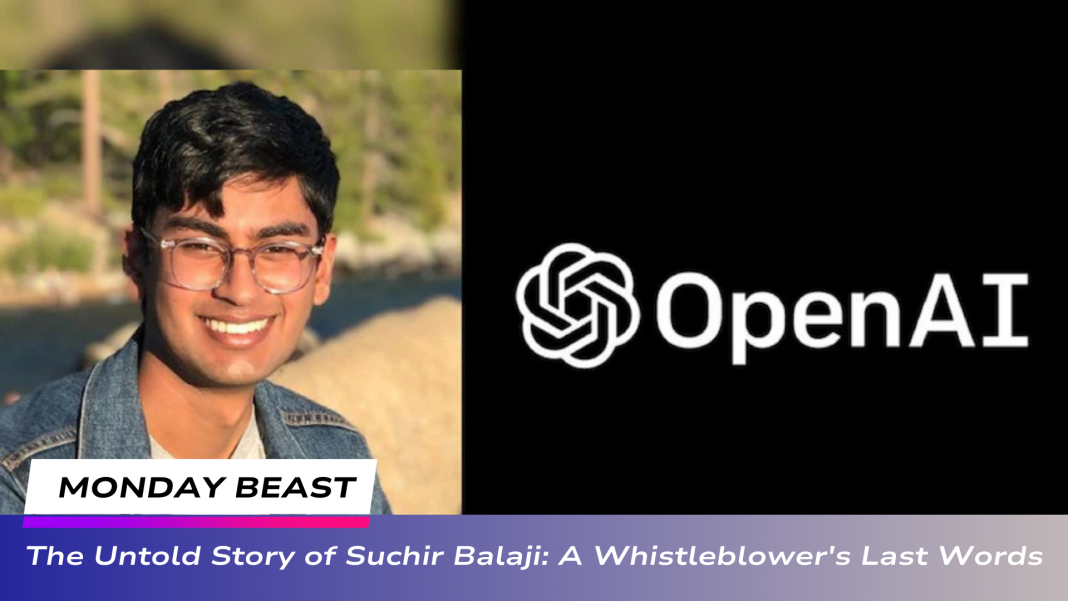The loss of Suchir Balaji has left many searching for answers. This young researcher, only 26, was found dead in his San Francisco apartment—but his story is more than just a tragedy. It shines a light on a critical issue: the ethical dilemmas surrounding generative AI.

Balaji, who worked with OpenAI for nearly four years, had a deep understanding of AI and its implications. His final post raises pressing questions about copyright and fair use, particularly in the context of AI training. What happens when AI can churn out products that mimic existing creative works?
He emphasized the need for clarity on what fair use truly means. In a world where AI technologies are evolving rapidly, understanding these legal frameworks is crucial. Balaji’s voice carries a weight that resonates with many in the tech community.

Reflecting on his time at OpenAI, Balaji revealed his growing skepticism towards the legal protections offered to generative AI. His insights were sparked by lawsuits—growing numbers that challenge the very foundation of how data is used. These concerns aren’t just academic; they affect creators and consumers alike.
His engagement with these issues culminated in his last social media post, where Balaji outlined his thoughts on fair use. He invited others, especially machine learning researchers, to engage with the complexities of copyright laws. It’s a call to arms for a community that often finds itself drifting through uncharted waters.

Critically, Balaji wasn’t simply critiquing OpenAI or ChatGPT; he was urging a larger conversation. He pointed out that the legal precedents cited by many, like the Google Books case, may not be as beneficial as they appear. What do we do when our tools can easily replace human creativity? This is where Balaji’s insights come into sharp focus.
As we look at Balaji’s legacy, it’s a reminder of the important role that ethical discussions play in technology. He was a whistleblower in an age where ethical concerns are paramount. Can we afford to ignore these warnings?
He also clarified that his outreach to The New York Times was driven by a passion for transparency. This wasn’t a case of media exploitation. Instead, it reflects his commitment to sharing knowledge and elevating discourse. Perhaps that’s what makes Balaji’s story so compelling—his genuine desire to contribute to a greater understanding of these issues.
If there’s a lesson in his passing, it’s the importance of speaking up even when it feels uncomfortable. Balaji tapped into a conversation that is essential in our AI-driven future. The question now is, who will carry that baton forward?
Balaji leaves behind a complicated legacy, filled with hope and caution. The tech community has lost a bright mind, but his insights can guide us. It’s crucial that we take these discussions seriously if we are to navigate the future of AI responsibly. Who will stand up next to voice concerns in an ever-evolving landscape? Balaji’s story urges us not to sit in silence.




